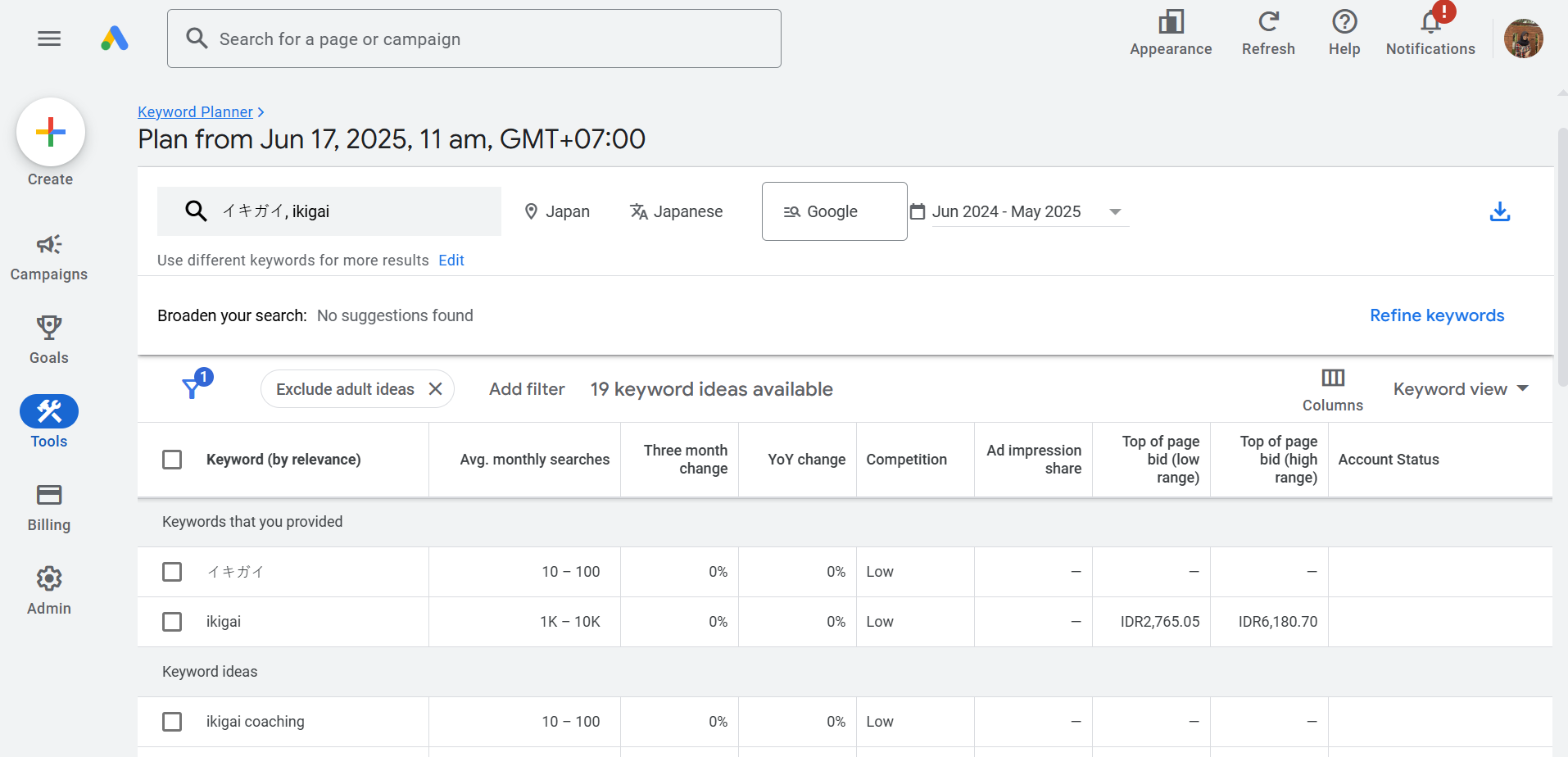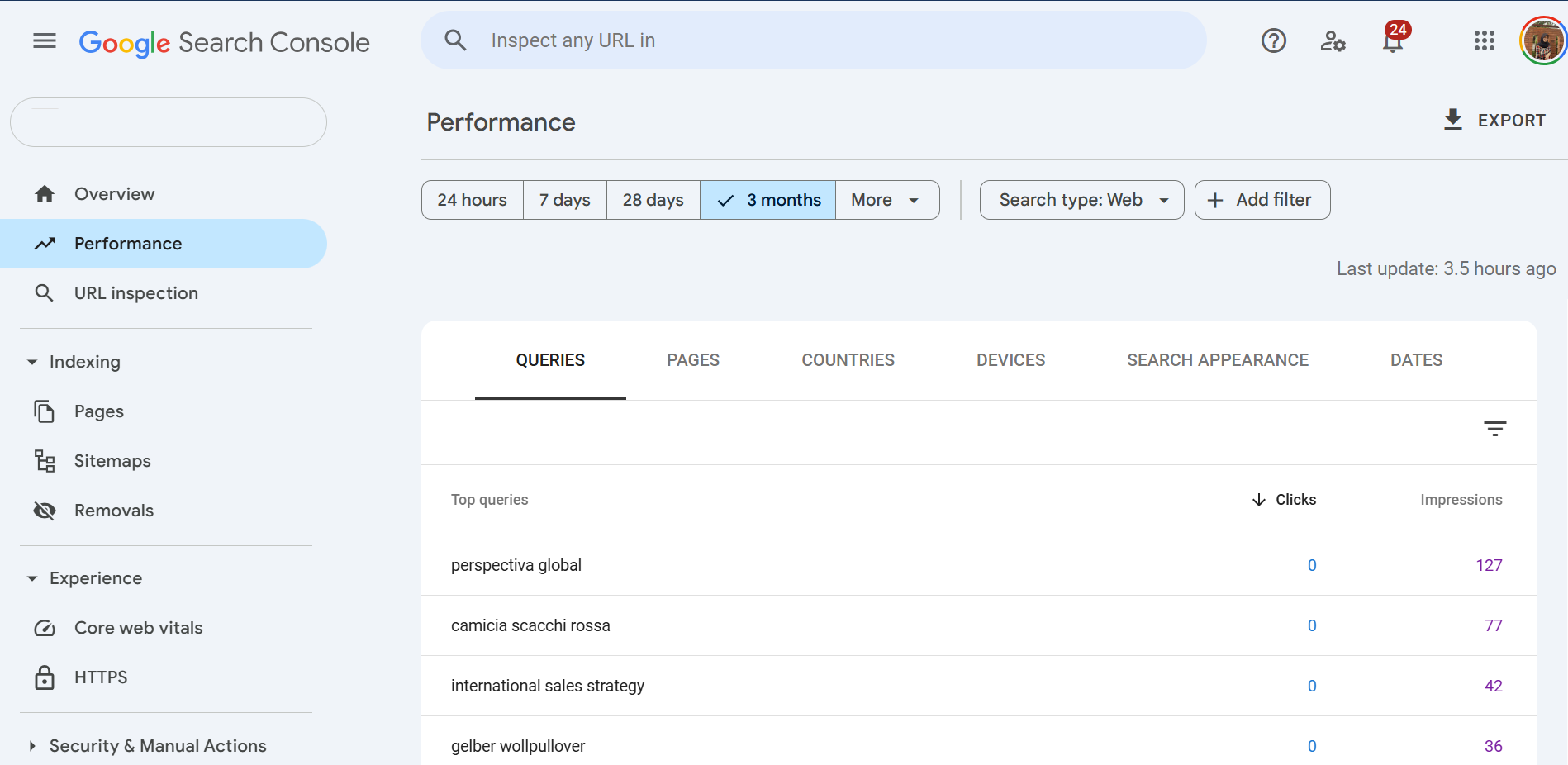Handling multilingual keywords without a direct translation can be one of the trickiest parts of international SEO. Some terms, like “schadenfreude” from German or “lagom” from Swedish, carry cultural meanings that cannot simply be translated into another language. The challenge concerns language and maintaining the original meaning without sacrificing search relevance in the local market.
In this article, we’ll unpack why some keywords can’t be directly translated and explore actionable strategies to handle them effectively. From research tools to content structuring and implementation best practices, you’ll learn how to bridge the linguistic gap without sacrificing clarity or search intent. Whether you’re building multilingual websites or optimizing content across cultures, let’s start!
Understanding why some keywords don’t translate directly

Not all keywords can be translated directly, because language is not just about words, but also the culture, experience, and way of thinking of the people behind it. In the context of multilingual SEO, this can be a big pitfall. Let’s examine some main culprits and their impact on multilingual site performance.
Cultural and linguistic uniqueness
Some words are born out of very specific cultural experiences. For example, the Dutch word “gezellig” describes a warm, pleasant, cozy atmosphere but has no direct equivalent in English. When you try to translate a keyword like this literally, the meaning can be lost or even misunderstood.
This can be a problem for multilingual websites. If a keyword doesn’t “make sense” or feels strange to local users, they will be likelier to leave the page. This is bad for bounce rate, engagement, and, of course, local SEO ranking.
Historical, religious, and social context

Some terms are heavily influenced by historical context or societal beliefs. For example, in Japanese culture, the word “omotenashi” describes selfless hospitality, a value deeply rooted in Japanese history and social ethics. Translating this word directly would not capture its full meaning.
If this keyword is incorporated into an SEO strategy without considering the context, the message conveyed can feel bland or irrelevant. The website may not understand the local audience, which lowers visitors’ trust and interest in the brand or product.
Abstract or conceptual language
Abstract buzzwords like freedom, soul, or mindfulness can have different interpretations in different cultures. What is considered “free” in one country can have negative or different connotations in another. When keywords like these are translated without considering the nuances of meaning, the content message can lose its way.
In SEO, this results in a mismatch between content and user intent. As a result, your site may appear to have the wrong search results or not attract user clicks because it doesn’t feel relevant.
Region-specific technical terminology

Technical terms can also differ greatly between regions, even if the language is the same. For example, a tech term like mobile data might be called cellular data in Indonesia, but users in Malaysia are more familiar with the term mobile internet. If you use terms unfamiliar to your local target, your content could be missed from the main search results.
The impact is obvious, ranking drops because keywords don’t match users’ search patterns. Even worse, it can create the impression that your site doesn’t understand local needs or is technically irrelevant, especially for specific audiences such as professionals or niche communities.
Research and analysis strategies for untranslatable keywords

You can’t rely on Google Translate or the usual keyword tools for hard-to-translate keywords. A deeper and more contextual research strategy is needed to understand how local audiences search for information in their language. Here are some research approaches you can use to find relevant keywords that don’t have direct equivalents.
Native language SEO tools
Using SEO tools that support local languages is an important first step. Tools like SEMrush, Ahrefs, or Ubersuggest can usually be customized for specific markets and detect terms frequently used by native speakers in that language, even tools like Baike. Baidu (Chinese Wikipedia version) or Yandex Wordstat for Russia can help uncover local search patterns that wouldn’t be visible in English tools.
Why is this important? Because keywords that look popular in one language may not necessarily be popular in another, even if they mean the same thing. Local tools will help you see what people are typing when searching for a particular topic. Here are tips for doing so.
- Choose tools that support your target country and language
- Focus on search intent and not just volume
- Use the “related keywords” feature to expand the variety of terms
Local search engines
Don’t forget that not everyone uses Google. In China, for example, people mostly use Baidu; in Korea, Naver; in Russia, Yandex. Each search engine has algorithms and search data that can differ greatly from Google. However, if your audience is still in areas that use Google, Google Keyword Planner is still very useful because it can be filtered by country and language.
With Keyword Planner, you can search for keywords based on the user’s geographical location and language. This allows you to find more relevant keywords for your local market, even if you start with terms that can’t be directly translated, what you should do.
- Use a localized version of the search engine if available
- Enter several keyword variations for exploration
- Check search volume, competition, and other keyword suggestions

Social media trend listening
Social media sites like X (formerly Twitter), TikTok, Instagram, and Facebook are the best places to learn how people speak and express their ideas. Sometimes, untranslatable keywords will still be used, but an explanation or abbreviation will be given in the local language style. You can monitor this with listening tools like Brandwatch and Hootsuite or using hashtags and manual searches.
Social media gives you a real-time view of language trends that may not appear in SEO tools. You can find new terms, local slang, or word combinations that are highly contextualized and only understood by the local community. Practical tips to get started are.
- Search for hashtags relevant to your topic
- Observe how local users are talking about the topic
- Save unique terms that appear frequently for further testing
Forums and online community insights

Forums like Reddit, Kaskus, Quora, or other local communities can be a treasure trove for keyword research. In these places, you can see questions and conversations that native speakers use. You’ll often find phrases or terms that don’t appear in regular search results but are very important locally.
This is useful for understanding the colloquial language and real problems the target audience faces. By noting frequently occurring terms, you can build a keyword list that is much more relevant than just relying on tools. To maximize your forum, you can follow these steps.
- Search for threads based on niche and target language
- Take note of frequently repeated questions
- Pay attention to words used informally or idiomatically
Behavioral data and user patterns
In addition to keywords, it is also important to understand how users behave when searching for information. Data such as click-through rate (CTR), time on page, or the query they type into the search bar can show whether your content meets their needs. Tools like Google Analytics, Hotjar, or Clarity can help read these patterns.
By understanding your users’ habits, you can identify the terms they are searching for even if you don’t explicitly target them. This can also open up opportunities to find new keywords that align with their thinking. These are important steps you need to take.
- Use analytics to see which pages are visited the most
- See where traffic is coming from (country, language, device)
- Monitor internal search terms if you have a search feature on your site
Alternative multilingual keyword strategies

If the keyword you’re looking for doesn’t have a direct translation, that doesn’t mean you should give up. Instead, it’s an opportunity to think outside the box. Alternative keyword strategies can help you still reach local audiences more naturally and culturally appropriately. Here are some approaches you can try.
Long-tail keyword construction

Long-tail keywords are longer and more specific search phrases. Although their search volume tends to be lower, long-tail keywords often indicate clearer user intent. For keywords that cannot be translated directly, you can turn them into long-tail by adding adverbs, location, or activity context.
Example: If you can’t find a direct equivalent for the Japanese word “ikigai” (a sense of purpose in life), you might use a long-tail keyword like “how to find your life purpose in your 30s.” This helps Google understand the context and still delivers relevant results to users searching for that concept.
Descriptive phrasing and explanations
Instead of looking for a single replacement word, you can explain the concept as a descriptive phrase. This is especially effective for keywords from certain cultures or containing deep meanings. This technique helps with SEO and makes your content easier for your audience to understand.
Example: The Danish term “hygge” can be explained as “the cozy and calm atmosphere when gathering at home with the closest people”. Although long, this phrase can be used in the article title or the first paragraph of the content to reach readers looking for the concept of hygge without typing the word.
Combining native terms with context
Sometimes, the original keyword still needs to be used because it is distinctive. But to make it understandable to a wide audience, you can insert context or explanation around it. This technique, often called “transcreation” combines the original word with local customization elements.
Example: Use phrases like “the phenomenon of ikigai, the Japanese concept of finding purpose in life” in your content. That way, you still optimize the original words while helping readers understand their meaning. This also helps Google understand the page’s relevance for various searches around that topic.
Using question-based search formats

Many internet users now type questions directly into search fields, especially with the growing popularity of voice search. Turning abstract keywords into questions can be an effective strategy to capture user intent.
Example: Instead of trying to translate “mindfulness” directly, you can use keywords like “how do I practice mindfulness every day?” or “what is mindful living and how do I get started?”. This question format makes your content closer to users’ natural language and has a higher chance of appearing in Google’s featured snippet.
Use synonyms and related concepts
When the main keyword doesn’t have a direct translation, you can look for synonyms or related concepts. This approach helps to reach out to different searches, but still on the same topic. This is also useful when local audiences use different terms to describe similar things.
Example: If you have trouble translating the word “wanderlust” directly into Indonesian, use phrases like “hasrat untuk menjelajahi dunia”, or use keywords like travel inspiration, adventure lifestyle, or dream travel goals. While not literal translations, they all lead to similar meanings.
Implementation and best practices

Once you’ve found the right strategy to handle keywords without direct translation, the next step is to implement it properly. Without proper execution, all the research and planning can go to waste. In this section, we’ll discuss best practices for crafting, testing, and monitoring the performance of multilingual keywords to keep them relevant and impactful in the long run.
Choose the right translation approach

Before you start any optimization, it is important to determine the right translation approach. Don’t immediately translate all keywords literally. Instead, customize the translation based on the local audience’s purpose, context, and way of speaking. You can choose between transcreation (creative adaptation), localization (language and cultural adjustment), or bilingual phrasing (combining native and local languages).
For example, the term “Black Friday Deals” may work in many countries, but in Southeast Asian markets, depending on the local context, you may be more suited to terms like “Big End-of-Year Discounts.” This approach makes your content feel more natural and relevant while increasing the chances of appearing in local search results.
To simplify this process, you can use a tool like Linguise, which translates website content into multiple languages and maintains a localized feel for your target audience. With in-depth translation support down to sections such as meta tags, alt text, and keywords, all multilingual keywords with direct translation and those requiring context adjustment will be handled accurately. So, you can stay focused on content quality without fear of losing meaning or relevance in the translated version.
Start with high-intent keywords first
In a multilingual SEO project, don’t target all keywords at once. Focus first on keywords with high intent, indicating that users are ready to take action, such as buying, registering, or contacting. These keywords have the highest conversion potential.
For example, for local markets, instead of targeting broad keywords like “English course,” you can start with keywords like “list of certified online English courses.” Start here before expanding to lower-intent keywords such as general information.
Create keyword mapping templates by market
Each market has different search behavior. Therefore, creating a keyword mapping template based on language and country is important. This template contains a list of main keywords, alternatives, user intent, destination pages, and their translated/adapted versions.
With this keyword mapping, you can maintain consistency and efficiency when managing multiple language versions of your site. It also makes it easier for content and SEO teams to know which keywords are used where and how they relate to each other.
Use A/B testing for keyword variations
Since you’re working with many different languages and approaches, A/B testing is essential to test which version of a keyword or phrase is most effective. You can try two variations of a title, meta description, or even paragraph content with different keywords, and then measure their performance.
For example, you can test whether “learn to code for free” works better than “free programming course” for Indonesian audiences. The results of these tests can help you develop more optimized content in the future.
Monitor performance continuously

Once everything is implemented, the work is not done. You need to monitor keyword performance regularly. Use Google Search Console, Google Analytics, or tools like Ahrefs/Semrush to see which keywords successfully attract traffic, which are not, and why.
This monitoring helps you adjust quickly if keywords don’t meet your expectations. Especially in multilingual SEO, search trends and habits can quickly change due to cultural influences, seasons, or local issues.

Conclusion
Handling multilingual keywords without direct translation requires more than just switching languages. It also requires a deep understanding of culture, context, and user behavior. Keyword strategies such as long-tail phrases, conceptual explanations, and question-based search can help bridge the gap where direct translation fails. Plus, research using local tools and insights from the community can strengthen your SEO decisions in each market.
You can use tools like Linguise to make this process more efficient and keep the results natural. With its ability to automatically translate website content while maintaining a local touch, Linguise helps ensure every keyword remains relevant in every language version. If you want your content to reach a global audience without losing local context, try Linguise today.





